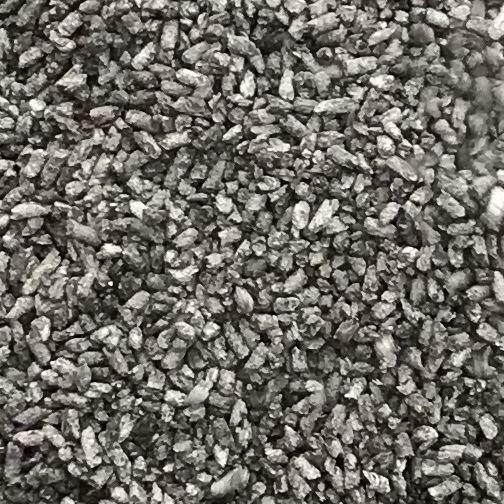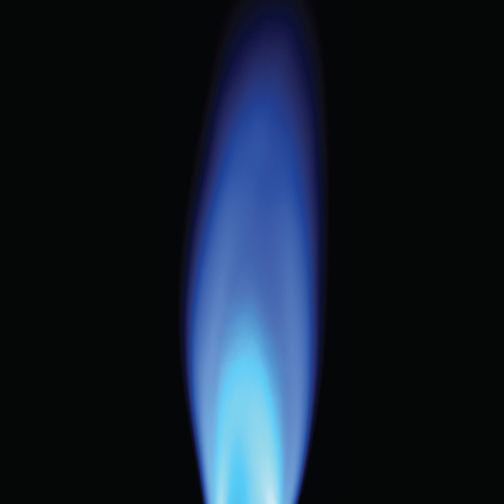Our Technology
Continuous Pryolysis Technology
B3
The B3 is a continuous process machine for controlled, consistent product output. It has feedstock to biochar production ration of 3:1, a small footprint, easy to operate or automate, and integrates nicely into existing operations or is a freestanding system.
It can process a wide variety of biomass feed material. Importantly, it manufactures high carbon content biochar 80%+ from decent feedstock – CO2 Removal Certificates (CORC’s) and exhaust heat from a closed system with very limited emissions.
Robust and elegant design using high temperature stainless steel and insulation to ensure a long service life.
B5
The B5 is a larger and more sophisticated system. Same feedstock to biochar ratio as the B3 and same feedstock throughput volume of 2400 tons annually; however, it is designed to make high carbon content biochar, wood vinegar, wood tar, syngas (40% hydrogen) as well as CORC’s.
It produces very high-quality wood vinegar, but in such large quantity that liquids management with offtake or storage is a consideration. The widening bans on Roundup and Creosote are making the sale of wood vinegar and wood tar produced by the B5 inevitable, but it’s an incremental, long-term sale requiring that we stand up and run a machine for customer sampling and testing.
Many agriculturalists have suggested that, in the long term, the high-quality wood vinegar the AG B5 machines produces will become its most valuable revenue line item, second only to the CORC sales.
Technology Output Products
Biochar
Biochar has many use cases and can take many forms. Some examples of what biochar does and how it can be used:
- Removal of carbon dioxide from the atmosphere.
- Reduction of harmful effects that fertilizers have on soil.
- Filtration – Activated charcoal.
Biochar is used in agriculture, cosmetics, pharmaceuticals, water filtration, building materials, odor control systems, livestock feed, air purification, forest management, decontamination, humidity control and radioactivity absorption.

Biochar made with an Applied Gaia Pyrolysis machine.
Condensate

It functions as an effective seed germination stimulant, fungicide, and organic fertilizer.
Condensate is also used as a nutritional supplement and antiseptic.
Wood Tar
These insoluble tars produced while making biochar from biomass are used as a veterinary antiseptic, a substitute for petroleum-derived road tar and can be burned for fuel.

Syngas

Syngas can be used to power generator to produce electricity, or can be used in its natural state to fuel turbines, boilers, and heating equipment.
Carbon Capture
The benefit of putting carbon, specifically biochar, in the soil is threefold:
- The carbon is not going into the air as pollution.
- It creates new soil while reducing water use.
- It absorbs organic and inorganic pollutants.



